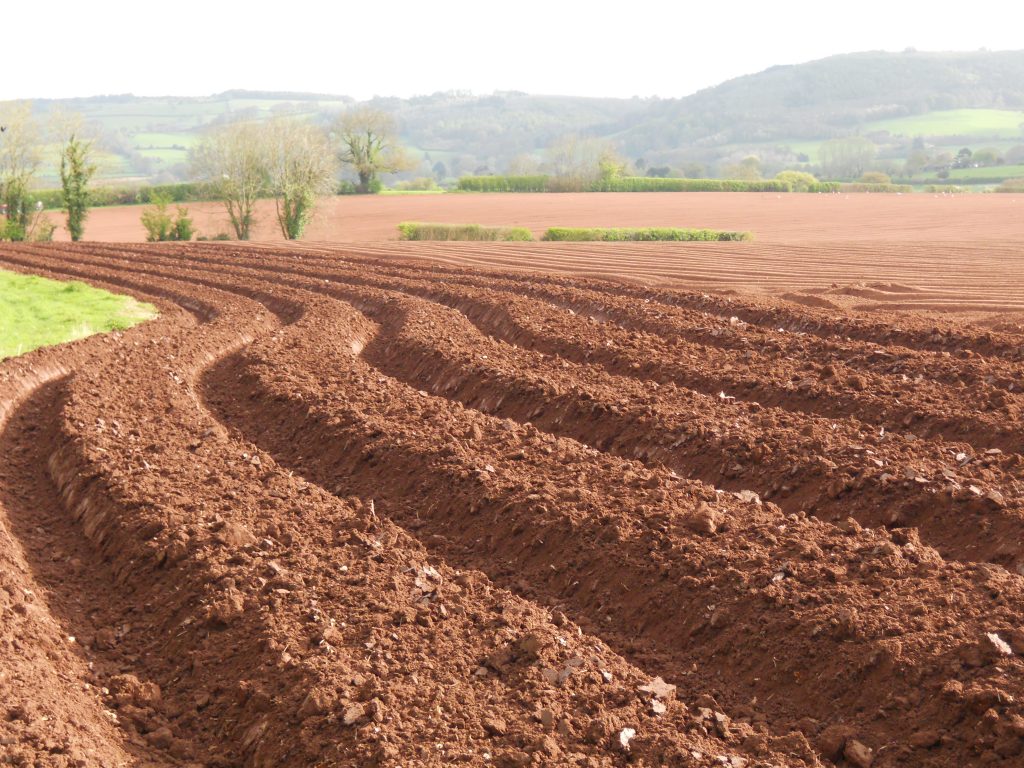Now is the time to monitor your soil for greater sustainability
16th February 2021
UK soils have changed greatly in the last few decades. 97% of sampled soils show sulphur deficiency and low organic matter levels are commonplace across arable land. How can we monitor our soils to ensure a robust sustainable practice while, at the same time, promoting higher yields?

According to Natalie Wood, Country Arable Agronomist at Yara, we can look to soil testing for a useful indicator.
“Spring is now fast approaching,” says Natalie. “If you didn’t perform a soil test in autumn, now is the perfect time.”
Identifying Limiting Factors
A basic analysis will give you P, K, Mg and pH. These are a good start but what about micronutrients, organic matter and soil microbial activity? All are important to plant nutrition and your soils can be low in one or more of these elements without you being aware. A broad spectrum analysis and soil health will give you the information required to manage your soil effectively.
“When emphasising sustainability, we should start with a farmer’s number 1 asset – soil!” says Natalie. “In order to be able to monitor your soil and pick up on factors indicative of its health, you have to monitor it in the first place.”
Creating a productive foundation
Organic matter (OM) is a key indicator of soil fertility through retention of nutrients and ability to feed beneficial microorganisms in the soil. OM takes a long time to build, but knowing your starting point is vital for monitoring your progress as the levels build within your soils.
Microorganisms are also essential to having fertile, productive soil to work with. Carrying out an advanced test that determines respiration levels within the soil can help detect the amount of microorganisms present.
“You can try different practices,” adds Natalie. “Once you have baseline levels for OM and microorganisms, you can determine how best to increase them and work towards a more sustainable soil. Doing so will result in better nitrogen use efficiency while also supporting greater productivity in your crop.”
